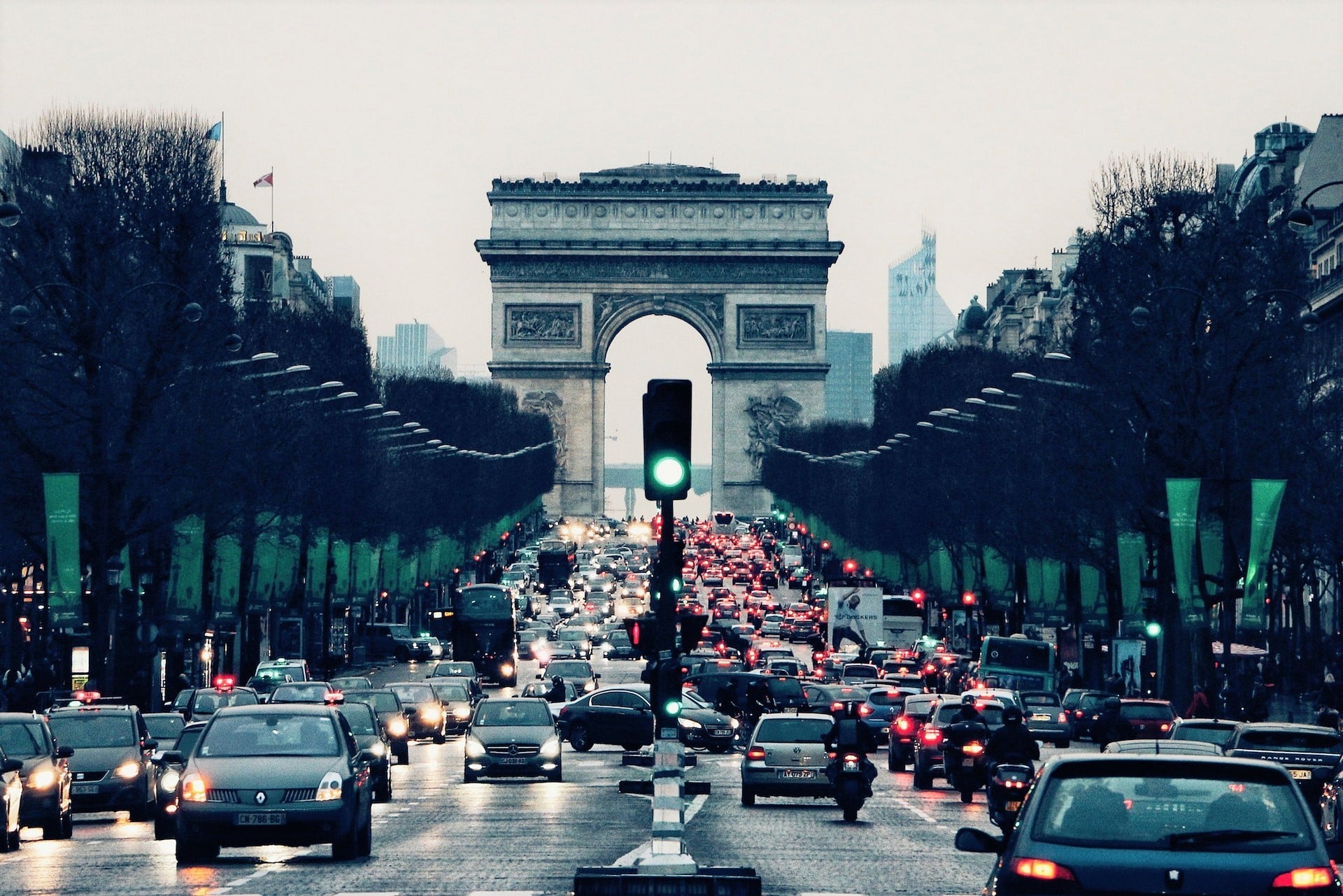ZFE: a mission to avoid the “high exclusion zone”

The Land Use and Urban Planning Commission launches a mission to study the social impact of Low Emission Zones for mobility, known as ZFE-m.
There is no doubt that current and future ZFE are necessary to reduce air pollution in major cities. Because it is by decreasing the number of old, more polluting cars—due to outdated designs and standards—that health will improve.
However, the manner of deploying these Low Emission Zones for mobility (or ZFE-m) and their framework is a subject of debate in France. So much so that some Senators are addressing the issue, after the protests of a few elected officials opposing the Montpellier ZFE.
Identify Concerns About ZFE
Through the Land Use Planning Commission, a “flash” mission will be responsible for studying its social impact. It is led by Republican senator Philippe Tabarot. According to it, the “strong concerns” take the form of four main areas:
- Lack of communication and education;
- Insufficient alternative options to thermal vehicles;
- Risk of widening social inequalities or territorial fractures;
- Lack of control mechanisms.
The goal of this mission? “To meet with local officials, residents, and professionals affected by the measure”, among other things, “to identify realistic and balanced proposals that reconcile improved air quality in our urban areas with social acceptability.”
Mandatory ZFE in 2025
This mission is expected to take several weeks or even months to deliver its verdict and exert pressure on the government. By early 2024, several ZFE will accelerate, with new Crit’Air cars being excluded (varying by region). And by 2025, all towns with more than 150,000 inhabitants—about 43—must implement their ZFE by this deadline.
Also read: ZFE Green, a site to better understand the ZFE-m jungle
This page is translated from the original post "ZFE : une mission pour éviter la “zone à forte exclusion”" in French.
We also suggestthese articles:
Also read





